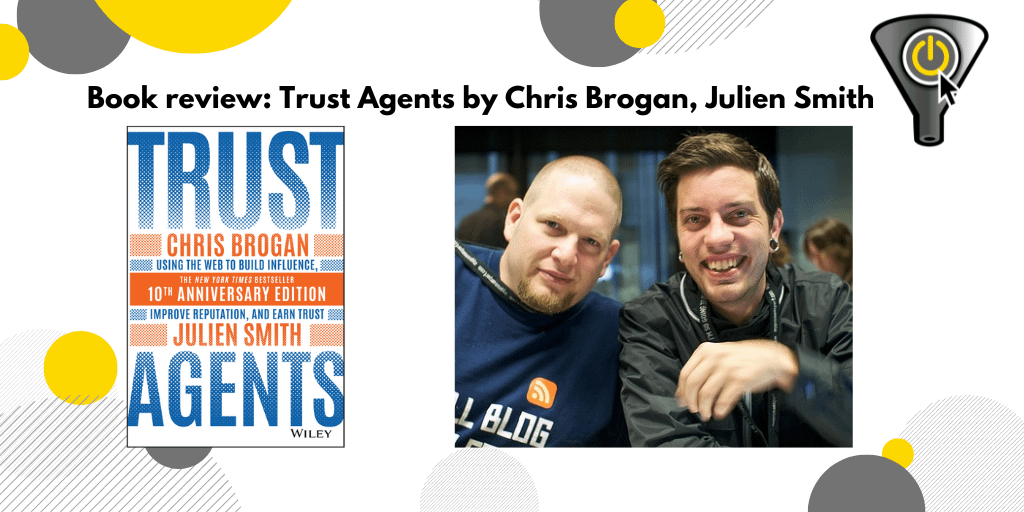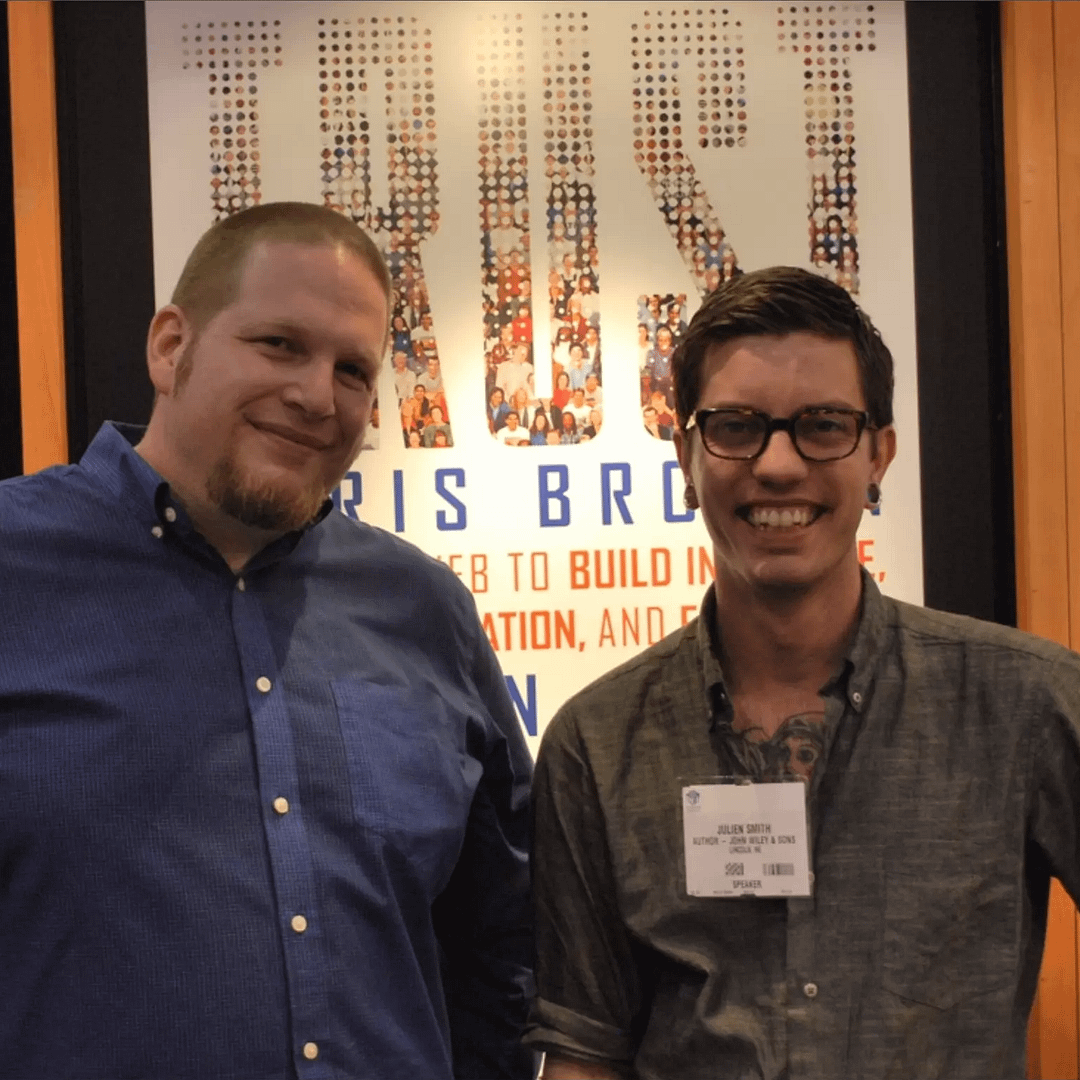We often hear marketers talk about how vital their work is to sales. What we don’t hear nearly as often is the reverse: how essential sales is to a well-functioning marketing team.
If marketing creates the content, sales provides the context. And that context is what makes campaigns relevant, credible, and grounded in the real world. Sales teams feed marketing the on-the-ground truth—what prospects are actually saying, how they react to new pricing, and how they interpret a company’s positioning in different segments.
That’s especially clear when a business serving the SMB market tries to move upmarket. Sales hears almost immediately how enterprise buyers perceive the brand, revealing the gaps marketing must close for the company to compete at that level. It’s a live feedback loop marketers can’t get anywhere else.
Bridging those gaps requires real collaboration—sitting in on each other’s meetings, sharing insights early, and recognizing that both functions are cogs in the same revenue engine. Their shared job is to keep that engine running smoothly.
Our guest today understands that better than most. He’s a fractional leader of revenue and go-to-market teams, and host of the Revenue Problem Solvers Podcast, where leaders drop the script and speak candidly about what it really takes to build growth teams. He’s known for diagnosing the true cause of weak team performance – something he knows well from playing intervarsity sports. He gets frontline performing again too, using a coach’s tone to get them back on track.
And he doesn’t restrict this just to his day-job, this Southwestern Ontario native spends his weekends behind the bench as a minor hockey coach. Let’s go talk with Karl Ortmanns.
Chapters/Timestamps
0:02:29 Navigating the Rollercoaster of Sales and Problem-Solving
0:04:29 Bridging the Gap Between Marketing Content and Sales Context
0:07:34 How External Shifts Impact Revenue and Strategy
0:10:09 Adapting to Digital-First Selling and New Tools
0:14:50 Readiness and Challenges When Moving Upmarket
0:18:34 Marketing and Sales: Listening and Collaborating for Growth
0:22:10 Optimizing Pricing and Positioning Through Market Insights
0:26:01 Leveraging Churn and Product Data for Improvement
0:27:56 The Collective Responsibility of Driving Company Revenue
0:31:39 Shortening Sales Ramps and Boosting Profitability
0:34:58 Humility and Transparency in Revenue Leadership Changes
0:39:52 Where to find Karl
Shownotes
Revenue Problem Solvers podcast







